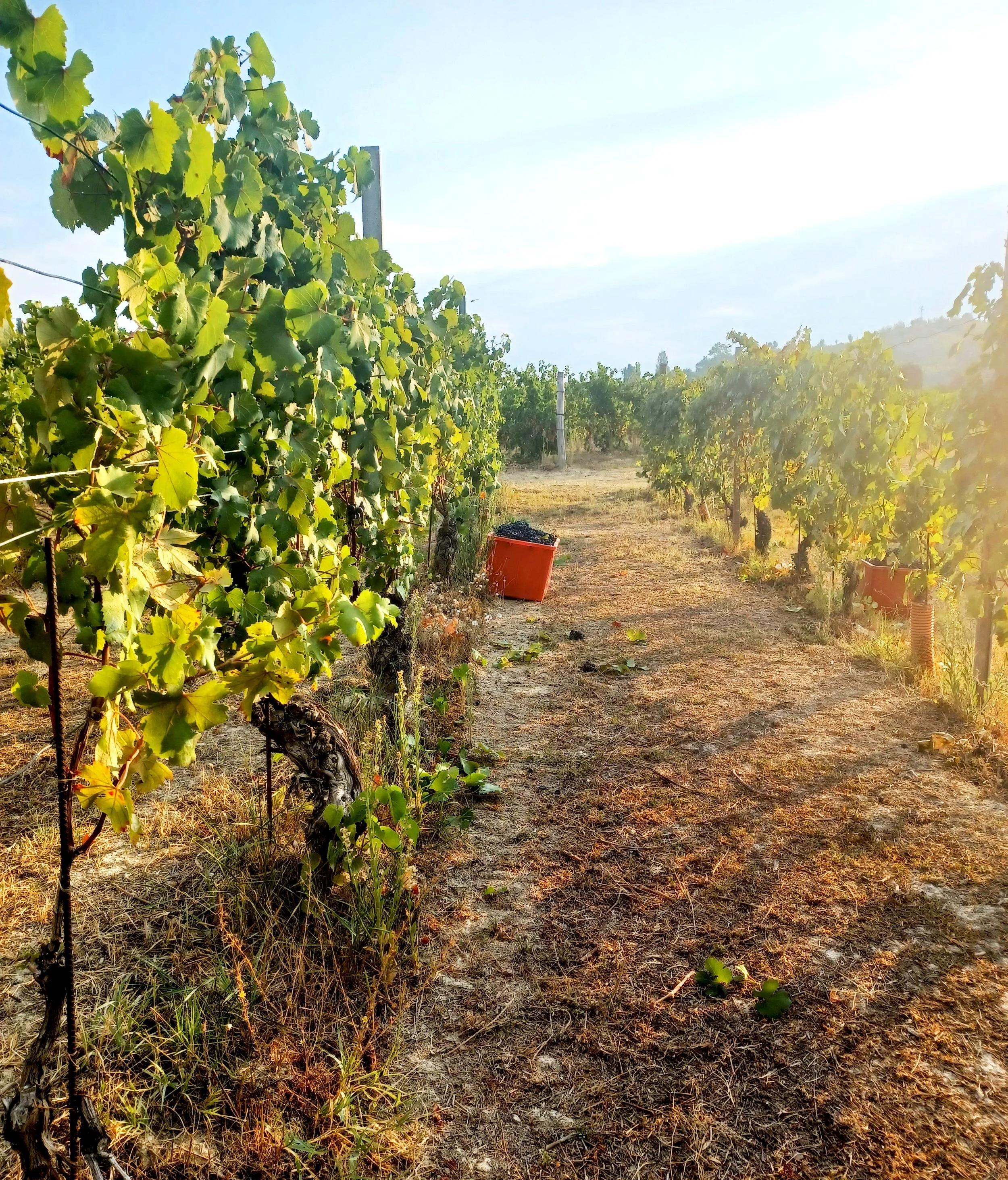Azienda Agricola Monchiero, Piedmont, Italy
Azienda Agricola Monchiero spans across 11 hectares in Castiglione Falletto and Treiso (Bas-suè area). Here, the Monchiero family nurtures 50-year-old vines of Dolcetto planted in the traditional Langhe style, along with 40-year-old Nebbiolo vines, producing 55,000 bottles annually.
The story of Monchiero winery unfolds in the heart of the Langhe, among the rolling hills of Piemonte, where tradition and passion have shaped generations of winemakers. It began in the mid-20th century when brothers Remo and Maggiorino Monchiero turned their deep connection with the land into a family legacy. With a vision that blended respect for the earth with the artistry of winemaking, they planted their first vines in Castiglione Falletto, an area known for its noble Barolo wines.
Over the years, the Monchiero family has transformed their small vineyard into a respected name in the wine world. But what truly defines Monchiero is its reverence for time and heritage. The wisdom of past generations lives on in their vineyards, where some vines are over 50 years old. These ancient vines, deeply rooted in the clay-limestone soil, produce fewer but higher-quality grapes, rich in concentrated flavors that capture the essence of the terroir. Propagated through massal selection, these vines carry the genetic legacy of the region, adapted over generations to thrive even amid climate change.
"Entering an old vineyard reveals the wisdom of past generations and their ability to adapt to the land. From the planting layout to the pruning practices and the choice of one slope over another, these details are a living testament to tradition seen through the eyes of time. It’s knowledge preserved and passed down by maintaining these ancient vines,” says Luca Monchiero present generation viticulturalist.
The Monchiero family’s Nebbiolo crus, destined for Barolo, are grown on the most prized hillsides of Castiglione Falletto and La Morra. The estate also produces Dolcetto d'Alba from the Treiso vineyard in Bas-suè, where the south-facing slope, known locally as “Sorì,” offers ideal ripening conditions. Another key site is the Pernanno vineyard, which yields Barolo Pernanno Riserva, crafted only in outstanding vintages like 2016, 2019, and 2021.
The Monchiero family views themselves as guardians of this legacy, nurturing these vines so that they continue to tell their story through every bottle. Their commitment to preserving cultural and genetic heritage goes beyond the vineyard. Traditional winemaking methods, passed down through generations, are blended with modern techniques to enhance quality while maintaining authenticity. Fermentation takes place in large wooden vats, allowing the wine to breathe and develop naturally, while aging in old oak casks slowly reveals the layers of flavor that define Monchiero’s Barolo.
“In viticulture, it’s essential to observe the messages that old plantings convey,” says Luca Monchiero, the current generation’s viticulturist. “Only by understanding the historical context behind these choices can we fully grasp the complexity of this craft.”
At the heart of the winery is a profound respect for the land and its history. Every decision, from vineyard management to cellar practices, honors the past while embracing the future. For the Monchieros, wine is not just a product but a reflection of its origins, shaped by nature, tradition, and human care. Their dedication to nurturing old vines and preserving the stories they carry ensures that the legacy of this land endures in every bottle.
With each sip of Monchiero’s Barolo, you experience decades of care, the wisdom of the vines, and the enduring spirit of a family devoted to their craft.
For more information:



